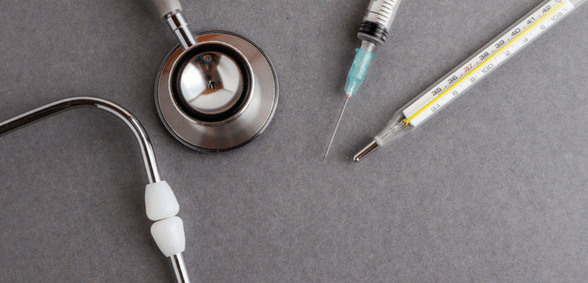
What happens when a significant event happens in your practice? While how you react and manage a situation is critical, the follow-up can be just as important. The Care and Quality Commission advises that significant event analysis (SEA) is carried out to ensure that the proper precautions are taken so that the incident doesn’t happen again. We look at their advice
What is the purpose of conducting significant event analysis (SEA) following an incident in practice? The CQC is very clear that such analysis should be used as a process to allow for reflection and learning from the situation, learning which should be used to improve care and minimise the chances of such an incident happening again.
Comprehensive SEA should include and encourage input from the whole healthcare team involved in the case or incident and should be based around a supportive discussion. The CQC also notes that SEA can be used to demonstrate quality improvement in the key ‘safety’ question of a CQC inspection.
The scope of significant events
What is considered a ‘significant event’? These can be wide-ranging and reflect good and poor practice – for example;
- new cancer diagnoses;
- coping with a staffing crisis;
- complaints or compliments received by the practice;
- breaches of confidentiality;
- a sudden unexpected death or hospitalisation;
- an unsent referral letter;
- a prescribing error.
A greater purpose
Conducting a SEA should be seeing as undertaking a learning process for the whole practice. Individual SEAs can be shared between members of staff – including GPs – and should focus on disseminating learning within the practice. The CQC says the aims of undertaking a SEA are to:
- identify events in individual cases that have been critical – beneficial or detrimental to the outcome – and to improve the quality of patient care from the lessons learned;
- instigate a culture of openness and reflective learning, not individual blame or self-criticism;
- enable team-building and support following stressful episodes;
- enable identification of good, as well as suboptimal, practice;
- be a useful tool for team and individual continuing professional development, identifying group and individual learning needs;
- share learning between teams within the NHS where adverse events occur at the ‘overlap’, or in shared domains of clinical responsibility – such as out-of-hours, discharge problems.
How the CQC reads a SEA
The CQC wants to see evidence of learning from incidents, and the application of this learning, to improve the quality of care delivered; so, on inspection, they will look for the impact and the learning that has been taken from a SEA. ‘Good’ practices, the CQC says, will ensure that this involves the whole team and becomes embedded in everyday practice. It will consider this under key line of enquiry (KLOE) S2: Are lessons learned and improvements made when things go wrong?
In inspections, the CQC will look for evidence of the following:
- All staff should be aware of, and be able to prioritise, a significant event.
- There should be evidence of information gathering, including factual information on the event such as personal testimonies, written records and other healthcare documentation. For more complex events, more in-depth analysis will be required.
- A facilitated team-based meeting should have occurred to discuss, investigate and analyse events. There should be evidence of regular meetings for the purpose of SEAs.
- Analysis of the significant event including:
- what happened and why?
- how could things have been different?
- what can we learn from what happened?
- is change required? If so, what needs to change?
- Agree, implement and monitor change. There are no fixed end-points; outcomes should be revisited, and the implementation and success of any agreed changes monitored at pre-set intervals.
- Written records and all the processes of the SEAs should be written up to form a report. This should record how effectively the event was analysed.
- Report, share, review– the SEA should be shared with all members involved in the significant event.
Don’t forget to follow us on Twitter, or connect with us on LinkedIn!

Be the first to comment